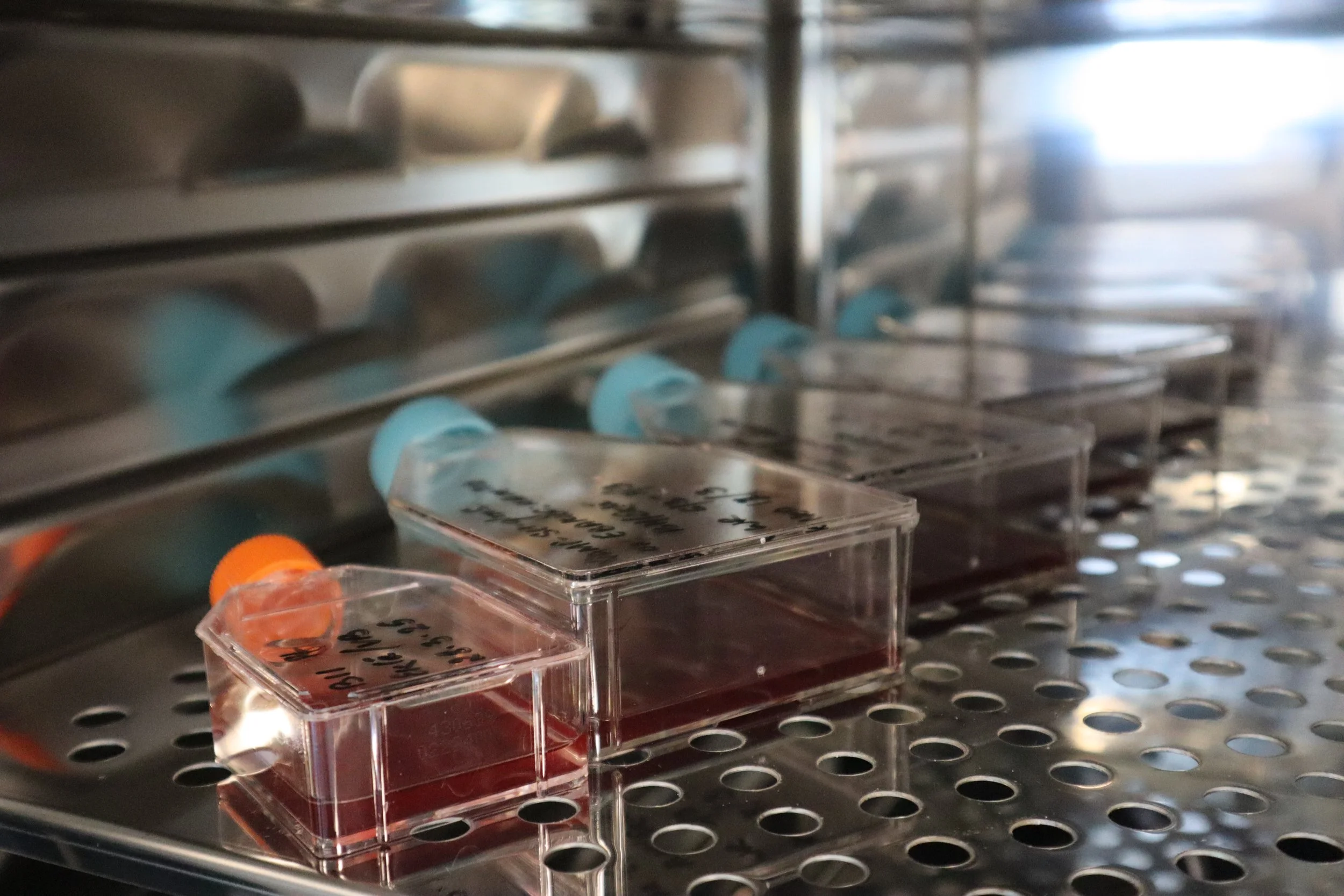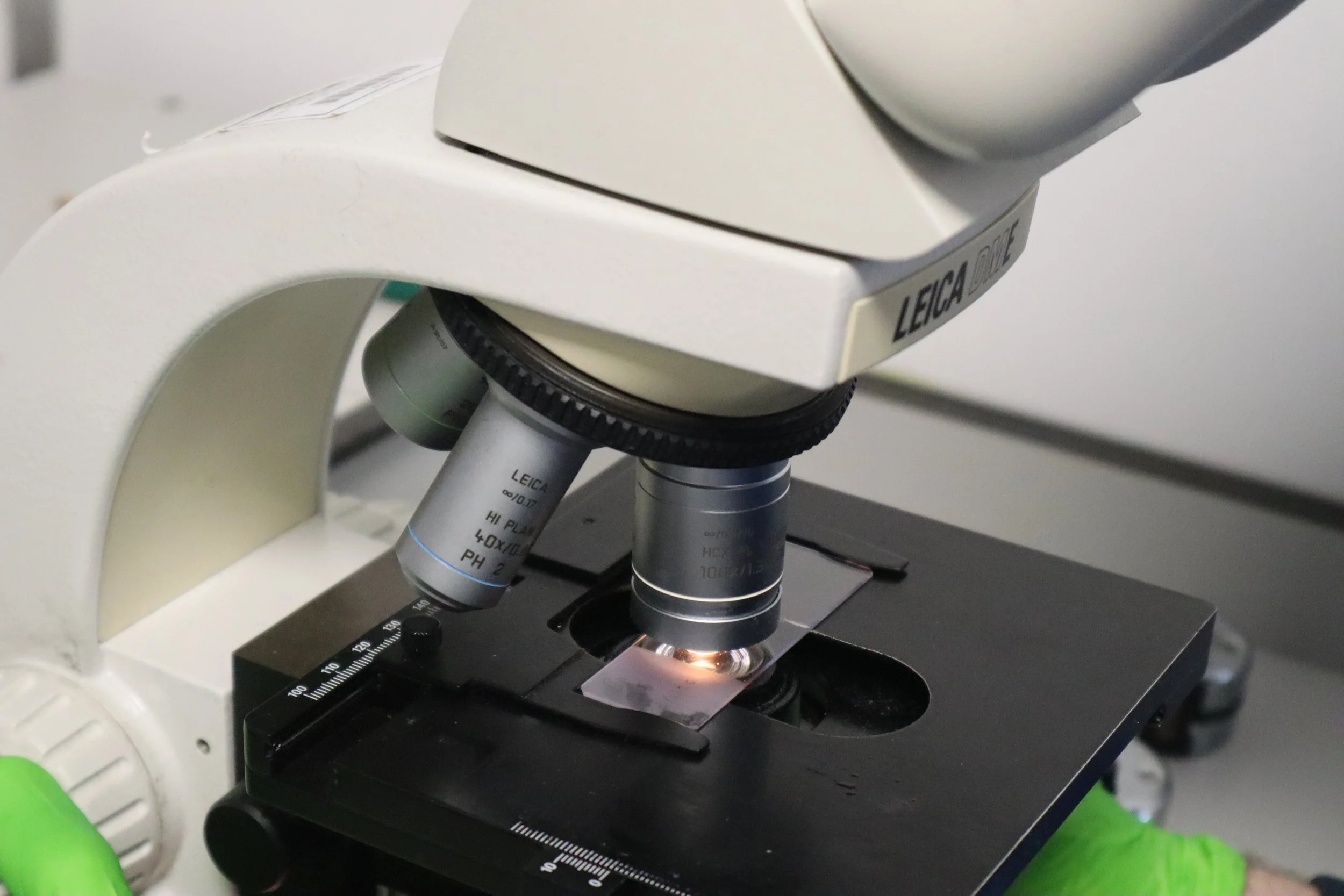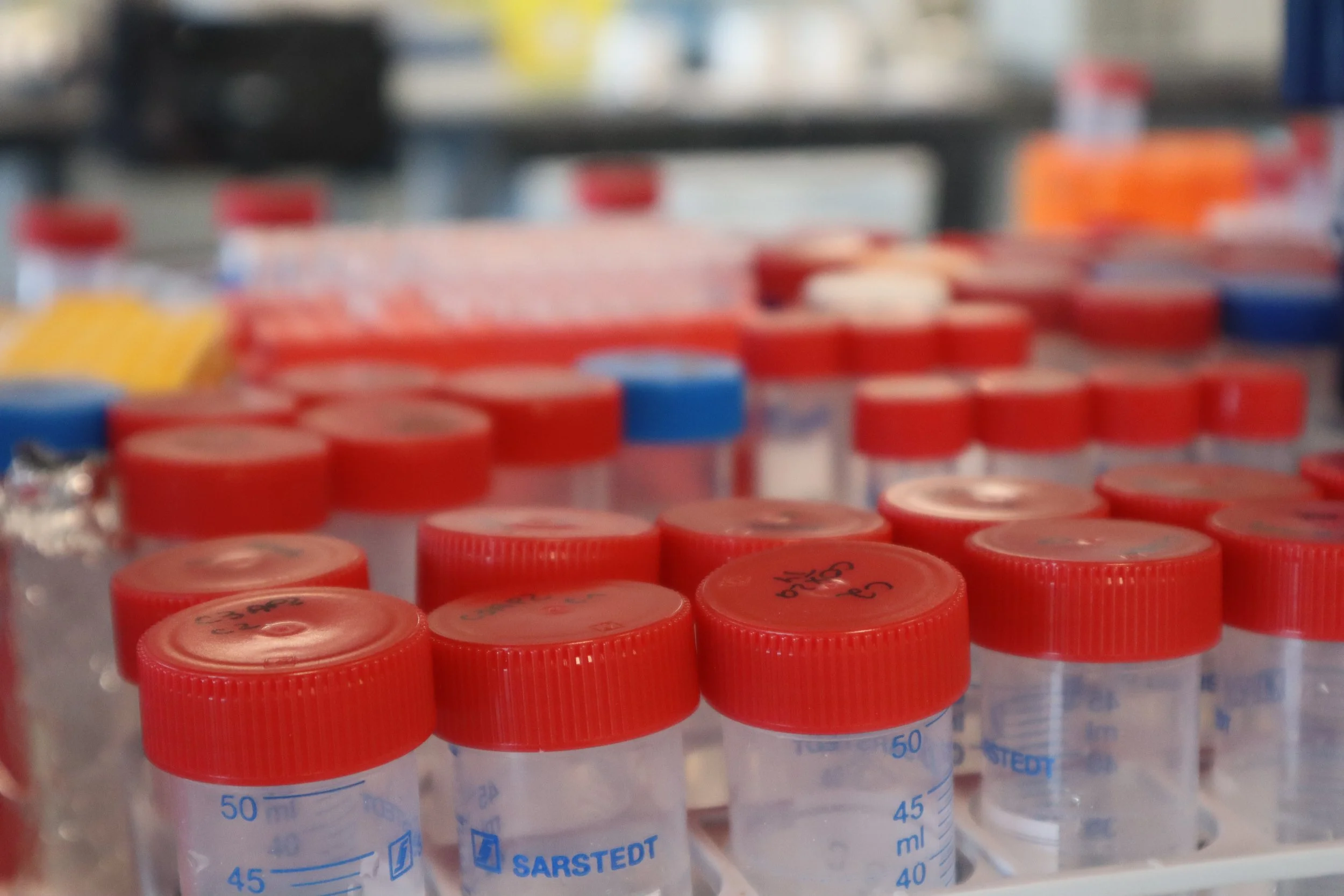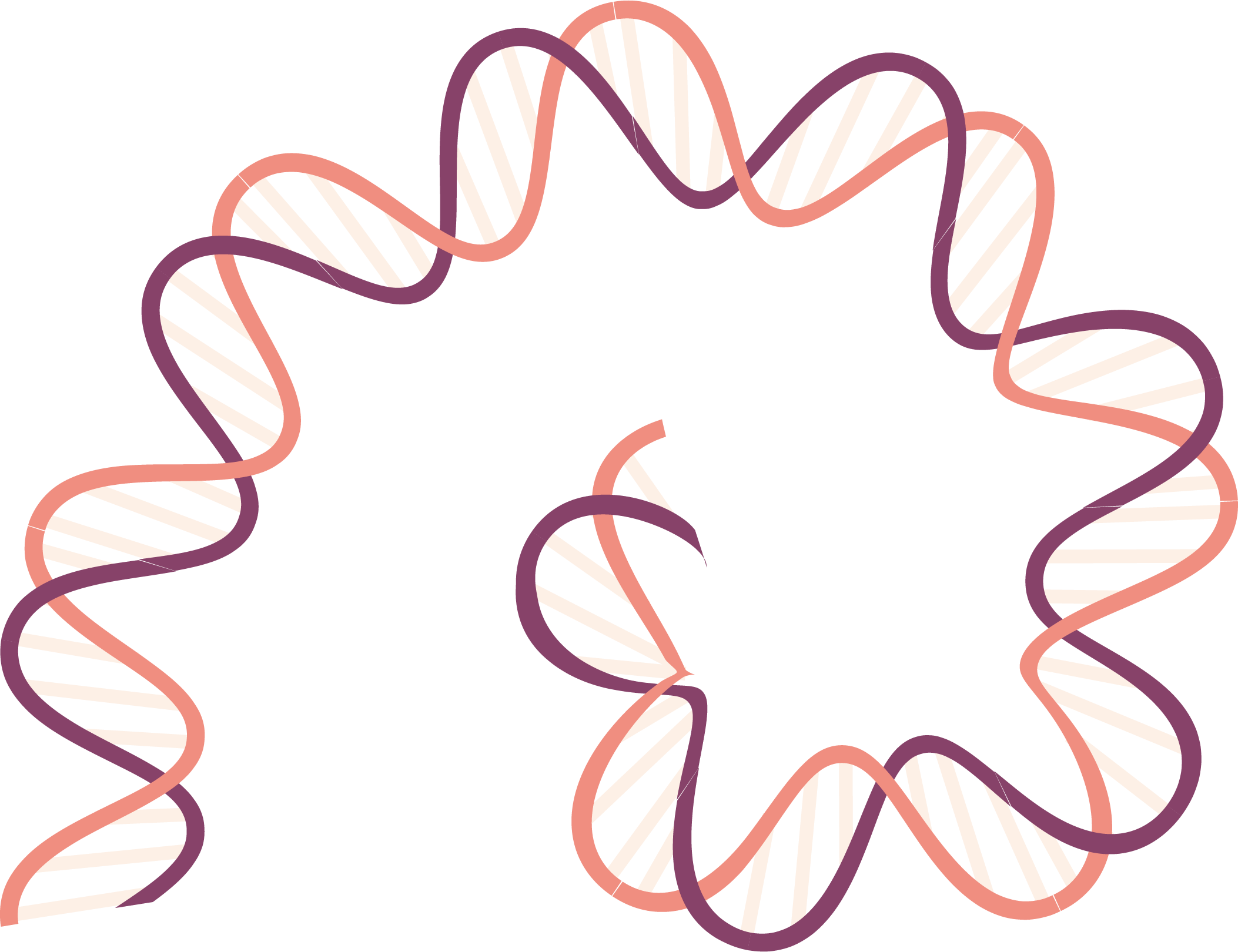
Our Research
Our research seeks to understand the interactions between Plasmodium parasites and human cells, in order to identify and prioritise new drug and vaccine targets. We focus on the stage of the parasite life cycle that infects human red blood cells, as it is this stage that causes all the symptoms and pathology of malaria. We work in three main areas:
Screening and prioritisation of new P. vivax vaccine candidates
Understanding the mechanisms of invasion
Large-scale genetic screens
While working at the Wellcome Sanger Institute with Prof Gavin Wright, we established that the Plasmodium falciparum invasion ligand PfRh5 recognises the receptor Basigin on the surface of the human RBC, and that the PfRh5-Basigin interaction is essential for invasion to occur. PfRh5 is now a major vaccine candidate and has advanced to Phase II trials. However, while P. falciparum is the major cause of malaria in Africa, in South America and many regions of Asia, P. vivax is the most common malaria parasite. P. vivax is very distantly related to P. falciparum and will require completely different vaccines. To date vaccine candidate identification in P. vivax has been very limited.
As part of a long-term collaboration with Prof. Manoj Duraisingh Harvard University we have been carrying out systematic screens to identify new Plasmodium vivax vaccine targets, and compare them head-to-head with the current lead target, P. vivax Duffy Binding Protein. Through this work we are part of a large cross-EU consortium developing new multi-stage P. vivax vaccines, led by Prof Simon Draper at the University of Oxford and Prof Benjamin Mordmüller at Radboud University. We are also interested in the molecular process of invasion in P. vivax and use the related parasite P. knowlesi as an experimental model, in collaboration with Prof Janet Deane at CIMR.
Screening and prioritisation of new Plasmodium vivax vaccine candidates
Understanding the molecular mechanisms of red blood cell invasion
Plasmodium parasites must invade host cells to survive and multiply. The majority of Plasmodium parasites inside a human host invade and parasitise human red blood cells (RBCs), which is the stage of the parasite life cycle that leads to all of the symptoms and complications of malaria. Invasion is therefore essential both for parasite survival and for malaria pathogenesis. We seek to understand the complex multi-step process of invasion in molecular detail, focussing particularly on the receptor-ligand interactions that the parasite uses to recognise human RBCs and the signalling pathways that link these interactions into the physical process of parasite entry.
In this work we work in close collaboration with Prof. Pietro Cicuta in the Dept of Physics to develop and apply novel video microscopy and biophysical assays which can illuminate the invasion process at new levels of resolution, and with Prof Ross Waller in the Dept of Biochemistry to use proteomics to identify new invasion proteins. Invasion is known to vary between P. falciparum isolates and to be affected by natural human genetic variation, so we also work closely with partners in Kenya (Prof Tom Williams, Dr Abdi Abdirahman, Dr Isabella Oyier, Dr Silvia Kariuki), Ghana (Prof Gordon Awandare, Dr Yaw Aniweh) and Colombia (Prof Vladimir Corredor, Dr Diego Echeverri) to ensure that our questions are relevant to real-world malaria parasites and that the tools and methods we develop are accessible to all researchers.
Despite being unicellular parasites, Plasmodium species have large genomes with >5,000 genes. Radical changes in sequencing technology mean that we now know a great deal about how those genomes vary between isolates. However, we still know the detailed function of only a fraction of those genes, in large part because Plasmodium parasites are only very distantly related to humans or model eukaryotes such as yeast or worms, meaning that the function of many genes can not be inferred by homology with other species.
While at the Wellcome Sanger Institute, together with Prof Oliver Bilker we developed a scalable experimental genetic approach and applied it to carry out the first genome-scale genetic screen in any Plasmodium species, the rodent model P. berghei. In parallel we worked with long-term collaborator Prof John Adams at the University of South Florida to carry out whole-genome saturation screens using the piggyBac transposon, first in the major human pathogen Plasmodium falciparum, and most recently in the zoonotic pathogen P. knowlesi, which is the closest experimental system to the other major cause of human malaria, P. vivax. We are now using transposon mutagenesis and other genetic tools to carry out large-scale screens to identify new drug targets, understand drug resistance, and explore novel Plasmodium biology.






